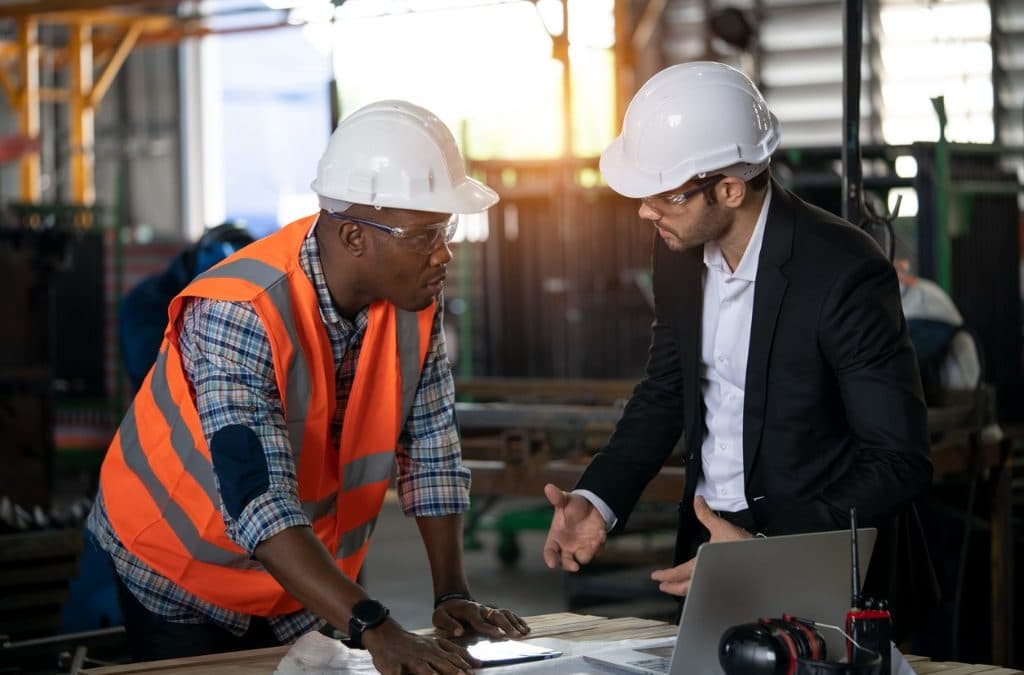By Marlon Stepp, Director, LEED GA, CEM
Tri-Merit
As part of the Energy Policy Act of 2005, the Section 179D tax deduction allowed business owners, designers, architects, engineers, and public building contractors (in some situations) to take advantage of the energy-efficient tax incentive.
However, in 2021, along with other COVID relief bills, the passing of the Consolidated Appropriations Act made Section 179D permanent. The tax incentive is advantageous for new construction projects and any updates and retrofits of existing buildings. Still, it comes with a variety of requirements, and for even the experienced accountant, it can be difficult to claim.
Tri-Merit has put together this resource to explain better the Section 179D Deduction, its requirements, and how it can be claimed.
Section 179D Tax Deduction
What is it?
Section 179D deduction encourages new construction projects and updates of retrofits to existing buildings to include energy-efficient improvements in their design. The commercial building owner usually takes the credit, but in some cases, it can be divided between contractors allocated by the public entity.
Some of the areas for energy-efficient improvements include:
- Lighting
- Building envelope
- HVAC and hot water systems
These can be applied to commercial, industrial, and some four-story or higher residential buildings. Because the tax credit offers a deduction of up to $1.80 per square foot in buildings meeting the requirements, the federal government hopes that the incentive will lower the average consumption of energy in U.S. commercial buildings.
Who is Eligible?
New commercial construction projects and upgrades and retrofits to older buildings on U.S. soil can qualify for the tax deduction. However, the building should fit the scope of ASHRAE Standard 90.1-2001, meaning it is:
- Used for commercial purposes
- Used for industrial purposes
- Dorms
- Converted to a commercial building
- Unconditioned garage spaces
Here are a few examples of buildings that do not qualify:
- Single-family residential
- Multi-family residentials with three or fewer stories
- Manufactured houses
- Buildings that do not use electricity or fossil fuels
- Religious buildings (they are tax-exempt)
How Much Can Be Claimed Under Section 179D?
Due to the nature of Section 179D, the amount that can be claimed is dependent on the amount of energy savings within the defined limits. The more energy-efficient the building, the more there is available to claim. However, the deduction is capped at the cost of the property. As previously stated, the most that can be claimed is $1.80 per square foot.
Here are the different levels of qualification:
- Maximum deduction ($1.80)
- Partial deduction (0.60, or 1.20 depending on qualified systems)
- Interim lighting rule
While the different levels of qualification make it easier on building owners, it complicates it from a tax standpoint.
To qualify for the maximum 179D tax deduction, a building must have at least a 50% savings (or more) in energy and power costs when compared to:
- A building meeting ASHRAE Standard 90.1-2001 (for buildings and systems placed in service before January 1, 2016), or
- A building meeting ASHRAE Standard 90.1-2007 (for buildings and systems placed in service after January 1, 2016)
To qualify for a partial deduction, the building may receive:
- $0.60/SF for lighting systems meeting 25% savings
- $0.60/SF for building envelope systems meeting 10% savings
- $0.60/SF for HVAC and hot water systems meeting 15% savings
To qualify for the 179D Interim Lighting Rule, you may receive a prorated deduction for:
- A 25-40% reduction in lighting power density (50% for factories).
Who can complete a 179D claim? How does a 179D deduction claim work?
If you do qualify for any of these variations of the deduction, you won’t be able to prepare the claim on your own. There is a process of validation that typically takes 4-6 weeks to complete and requires the help of a licensed engineer.
Once a licensed engineer has completed your certification, the claim will be passed to the IRS, which will require:
- Third-party inspections, verification, and certification in accordance with Section 179D of the Internal Revenue Code
- Energy modeling with DOE approved software
- Allocation letter (public buildings only)
To ensure everything is to claim the credit, consider working with an engineer-based tax incentives professional. They will walk you through the entire process, starting with an analysis to see if you qualify.
Work with Tri-Merit
Tri-Merit comprises highly experienced professionals who know the ins and outs of complex engineer-based tax incentives. Through our easy, no-cost, data collecting process, we will let you know if you qualify for the energy-efficient incentive and follow the process of validating and submitting your claim so you can reap the benefits of the Section 179D tax deduction.
Schedule a discovery call with Tri-Merit to learn more about a 179D tax study!

